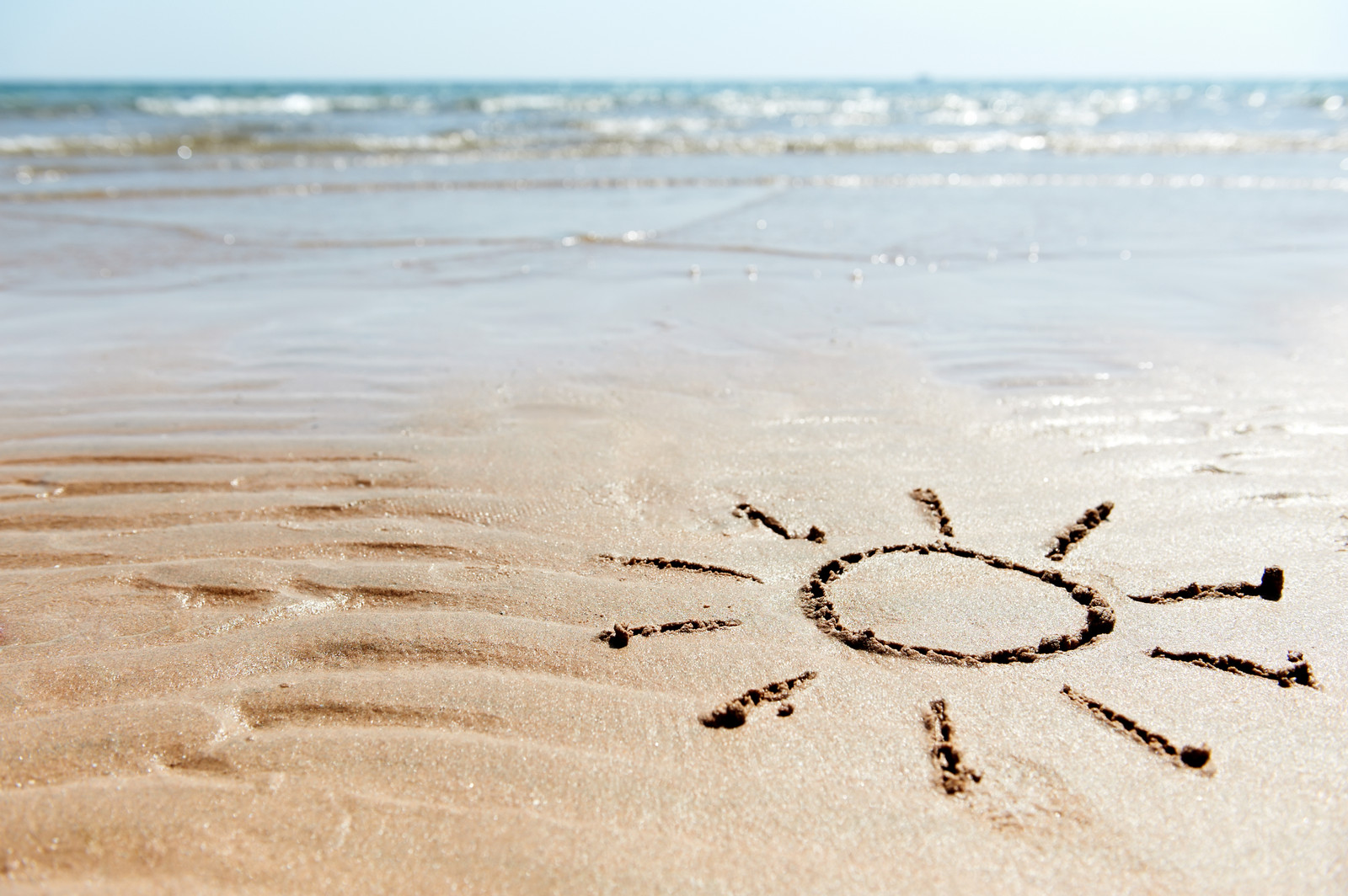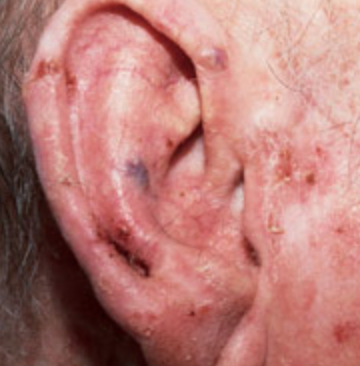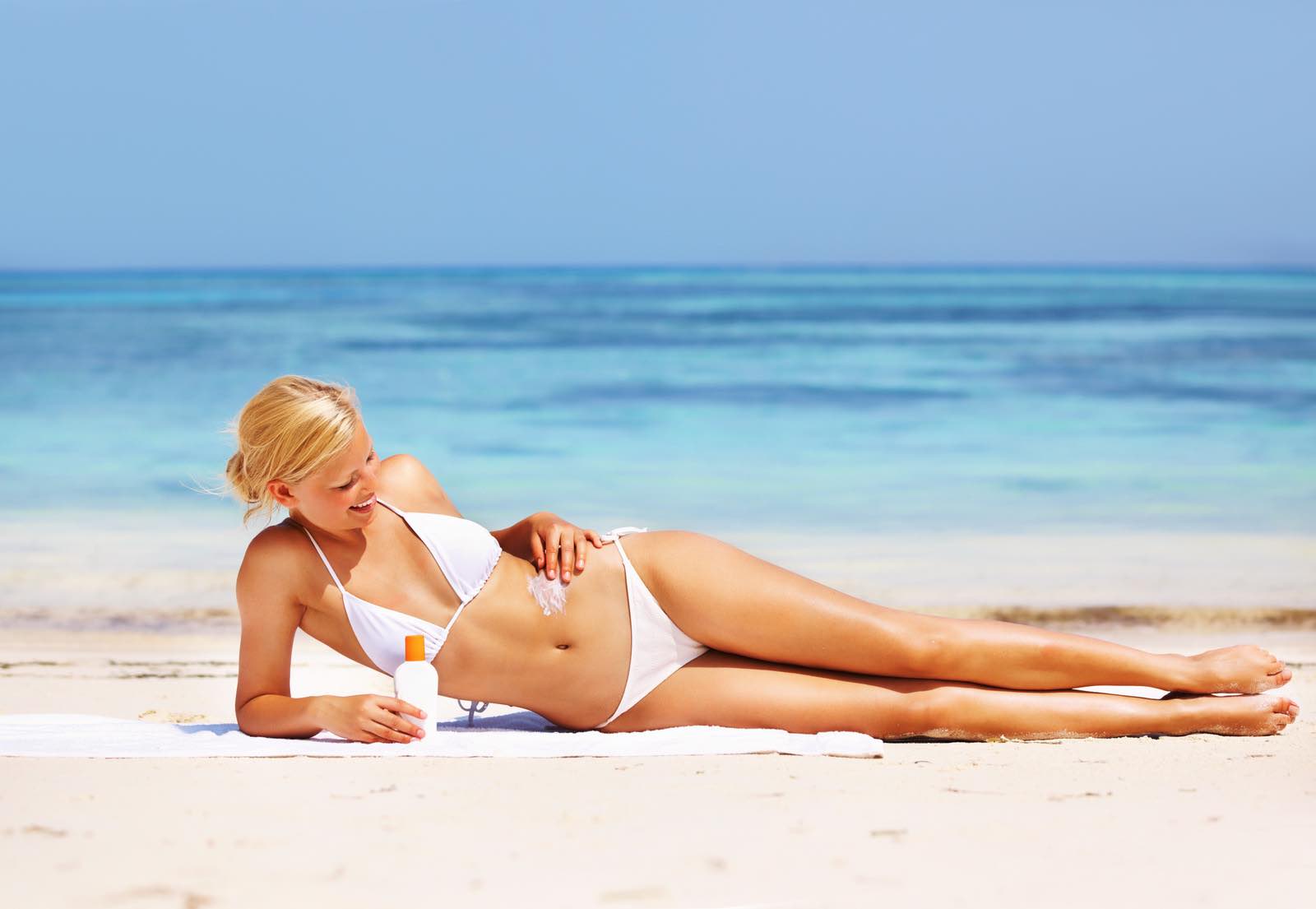Sun safety

A few basics on sun safety are well worth noting.
Firstly - how wonderful is the sun? It energizes us, warming our bodies into a state of sun-enriched euphoria by raising those endorphins and creating vitamin D to boost the status of our health system.
Like all good things though, too much of it and we have a problem!
 Sun safety is so important when at the seaside
Sun safety is so important when at the seasideBeing safe in the sun revolves mostly around being better informed about the potential damaging effects of the sun's UVA and UVB rays on our skin and what the best ways to protect ourselves and our families are.
Over exposure to the sun causes wrinkles, age spots on our faces and hands, and is the number one cause of skin cancer.
Sun Safety and Aging
 Embrace the sunshine wisely
Embrace the sunshine wiselyAging skin is a very normal part of growing old.
Premature aging however, is predominantly caused by over-exposure to the sun's rays.
Over the years, the ultraviolet rays will damage the fibers in our skin which are called elastin, breaking them down and causing the skin to sag, stretch and lose the elasticity that enables your skin to bounce back when pinched.
Another sign is that the skin will bruise more easily and bleed more readily if scratched or such. Healing or repairing any damage then takes much longer than it used to.
Ignoring sun safety results in skin damage
 Actinic keratosis skin cancer
Actinic keratosis skin cancerExposure of your skin to the sun causes:
- Pre-cancerous skin lesions (actinic keratosis)
- Cancerous skin lesions (basal cell carcinoma, squamous cell carcinoma, and melanoma)
- Benign tumors
- Fine and coarse wrinkles
- Freckles
- Discolored areas of the skin, called mottled pigmentation
- A yellow discoloration of the skin
- The dilation of small blood vessels under the skin
Sun safety for your skin

The skin can sometimes have the capability of repair itself, although completely reversing the damage is extremely difficult.
Prevention is a far better approach, so to begin protecting yourself from the sun at an early age is very beneficial. The following tips may help in preventing sun-related skin problems:
- Choose a non-toxic sunscreen with SPF30 or SPF40 UVB protection, plus high UVA protection and apply liberally before planning on being outdoors.
- Wear contact lenses that offer UV protection
- Wear sunglasses with strong UV protection
- Wear protective UPF clothing, wide-brimmed hats, long sleeved shirts, and pants
- Avoid excessive direct sun exposure during peak UV radiation hours between 10:00 a.m. and 3:00 p.m.
- Allow only 10 - 20 minutes unprotected sunshine exposure to create good Vitamin D levels
- Perform skin self-exams regularly to become familiar with existing growths and to notice any changes or new growths
- Create sun safety awareness with your children and act as a role model to teach them careful habits that will last a lifetime.
- Choose real sunshine over tanning beds
Contrary to what was previously thought a couple of decades back, UVA has been found to be more damaging than UVB.
This has led to organizations worldwide recommending "broad spectrum" protection sunscreens.
Sun Safety and Babies
 Sun safe baby
Sun safe babyBabies under the age of 6 months of age are ideally kept out of the direct sunshine.
If outdoors with them, keep them shaded under a canopy, umbrella, tree, stroller cover, etc.
If entirely unable to avoid being in the sun, protect their skin with adequate clothing without over-heating them and apply a mineral based sunscreen - not a chemical based one - to the exposed areas such as the hands, face and neck.
The earlier you get your child used to wearing a hat the better!
Sun Safety and Young Kids

Try to find a sunscreen that is made with mineral sunscreens only with no chemical sunscreen blended with them.
Zinc Oxide and Titanium Dioxide are much lighter on children's tender young skin.
As children are usually so active a water resistant sunscreen is preferable.
If an untried sunscreen, test for allergies first by applying some sunscreen to the inner arm.
Always be careful when applying to the face, specifically avoiding the eyes.
Choose clothing with added UPF protection if possible, but otherwise make sure they are cool and comfortable so that they don't want to strip off when getting all hot and bothered.
Once again, if you can persuade your child that a hat a good thing, you've won a lifetime habit for them. Fortunately hats are quite fashionably acceptable these days.
Sunglasses with UV protection may be a good idea for those children with fair hair and blue eyes especially.
If any sun burn arises, seek healing assistance as quickly as possible.
Sun Safety and the whole Family

Avoid midday skin burn damage from 11 a.m. to 3 p.m. unless specifically managing 10 - 20 minutes exposure with the idea of creating Vitamin D
Best choice of sunscreen will be one that provides high protection from both UVA and UVB rays and is water resistant
Rub sunscreen in well, making sure to cover all exposed areas, especially the face, nose, ears, feet and hands, and even the backs of the knees.
Reapply as indicated is required or at least every 2 hours.
References
Sun Safety Alliance
"dedicated to reducing the incidence of skin cancer and creating national awareness of this important health issue in America. "
American Academy of Pediatrics (AAP).
Tewari A, Sarkany RP and Young AR.
UVA1 Induces Cyclobutane Pyrimidine Dimers but Not 6-4 Photoproducts in Human Skin In Vivo.
Journal of Investigative Dermatology , October 6 2011




New! Comments
Have your say... please leave me a comment in the box below.